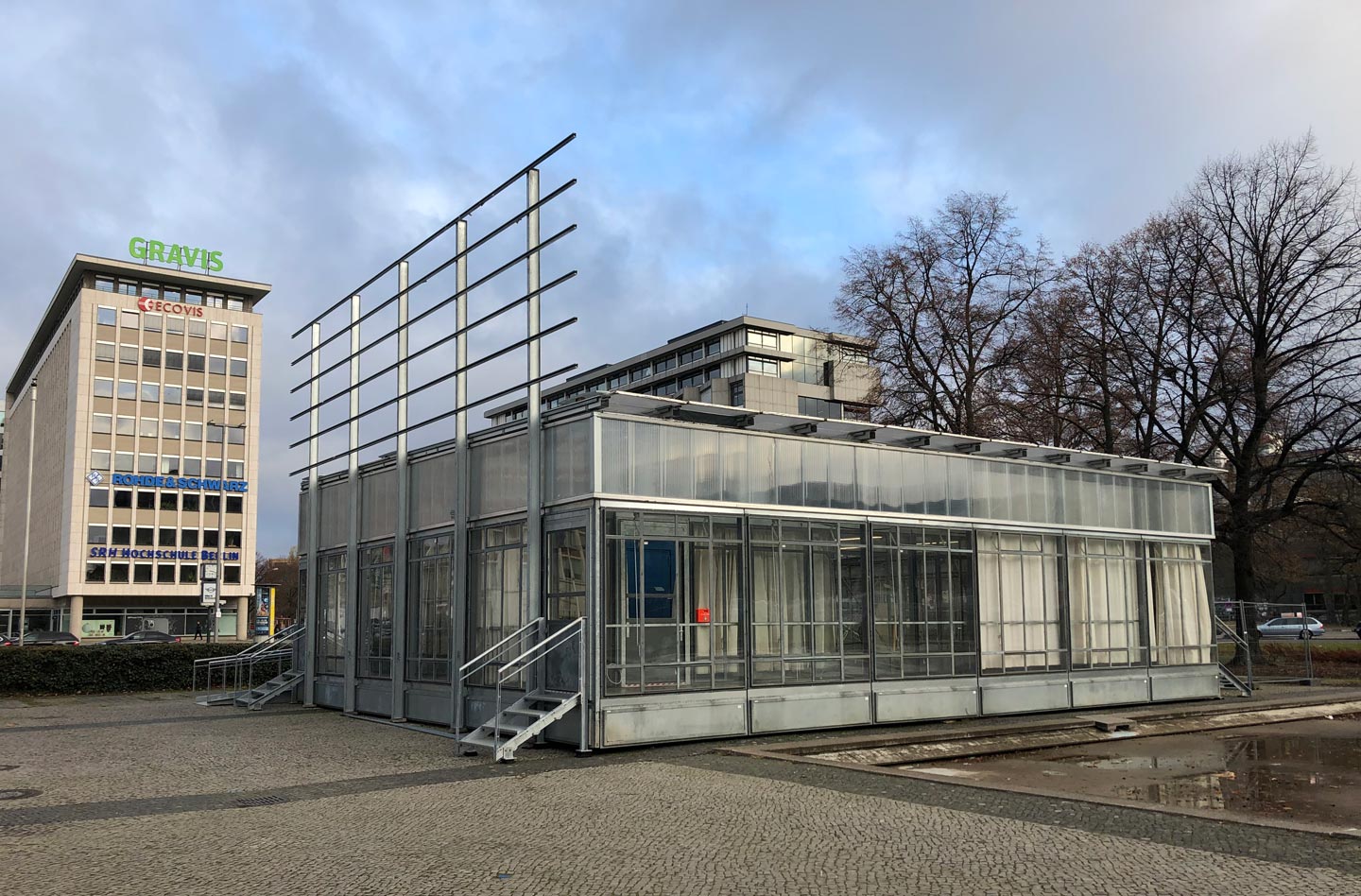The project (and its history)
The project “Utopian Worlds” was developed within the framework of a “Call for Curation” for the 40th Congress of the German Sociological Association, which was originally planned to take place in Berlin in September 2020 and which, due to the Covid-19 pandemic, is now being carried out in digital form. The title of the congress is “Society under Tension” and the call for curation called for the development of event formats that could link this topic with special places in the city of Berlin.
With a collection of utopian world designs, the project addresses the tension between the possible and the real. Over the centuries, the classic story of Thomas More’s Utopia (1516) has served as a model for the narrative of a good, desired life in a good society, which has always been developed in contrast to real conditions. As a basic motif this found its way into sociological thinking in many different ways — from the anthropological foundation of the good life in Karl Marx (1844), Karl Mannheim’s (1928) examination of the reality transcending explosive power of utopian consciousness to Ruth Levita’s (2013) proposal to understand utopia as a method to pursue the conditions of the possibility of a better world. While the last peak phase of utopian thinking falls in the 1960s/70s and was either stigmatized as totalitarian with the postmodern criticism of holistic thinking figures or simply declared obsolete after 1989, a renewed interest in the socially critical potential of utopian life plans has become apparent in the recent past.
The project follows on from these discussions. Every utopian world concept is not only an expression of a subjectively perceived social reality, but also formulates ideas of the ‘good’ self, world and social relations. The sociological goal of this project is to reconstruct these and thus to sound out the current potential of utopian thinking for social criticism.

The exhibition, which is now being created digitally on this website, was intended to be shown during the congress in a pavilion in the middle island of Ernst-Reuter-Platz. The open space is centrally located in Berlin-Charlottenburg on the east-west main traffic axis, which runs from the West Berlin Radio Tower via Ernst-Reuter-Platz to the Brandenburg Gate and the East Berlin TV Tower. Normally the square hardly invites you to linger, it is rather a restless traffic island, surrounded by a busy five-lane roundabout. Utopias are anchored in everyday life, and at the same time they question the inevitability of this everyday life: this tension would be well experienced with an exhibition of utopian world designs on the central island of Ernst-Reuter-Platz. With the digitalization of the exhibition, this location in Berlin has been eliminated. In terms of content, however, on closer inspection this is precisely what the project idea is about: Utopia literally means ’non-place’ — Thomas More meant a place that is physically and materially non-existent, but which can nevertheless be created in thought and can be recognized as a ‘good’ place. This early description is in obvious tension with the concept of non-place, as it is represented today by Marc Augé, for example, in the philosophical debate: as the loss of the anthropological place in an accelerated, uprooted and ultimately lonely supermodernity. At first glance, the Internet is the best example of such a non-place in Augé’s sense. The project now juxtaposes this first glance with a collection of utopian world concepts –– and invites you to linger on this homepage.

